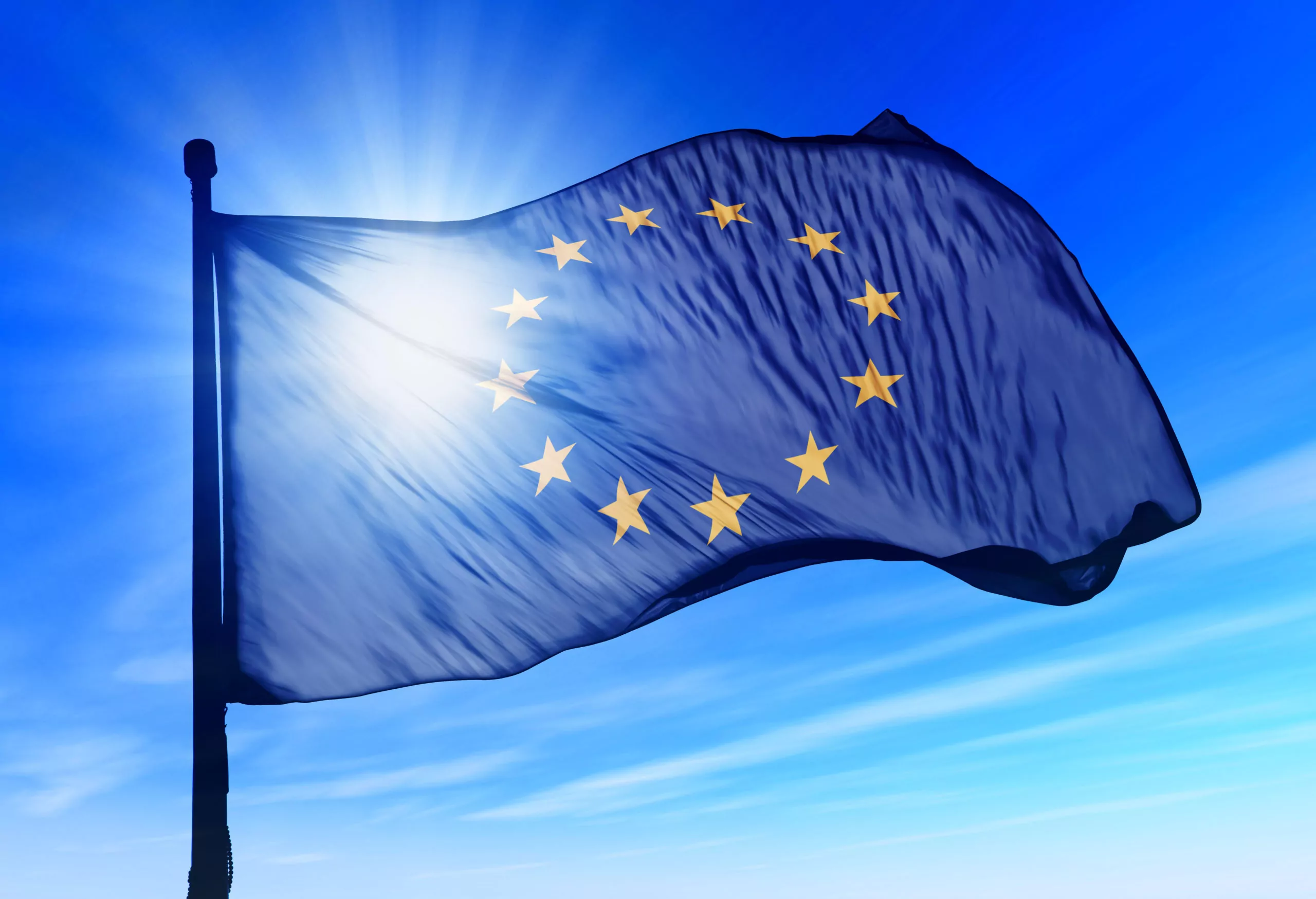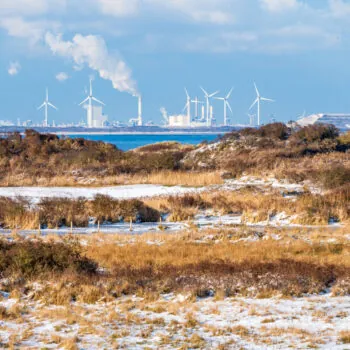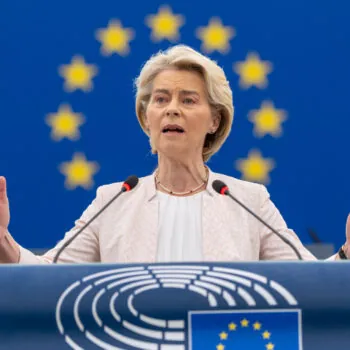EU leaders are expected to back a 55% climate target by 2030 at their December 10-11 European Council, depending on developments on the EU budget and the rule of law.
The 2030 climate target is critical to achieve climate neutrality by 2050. It also presents an opportunity for the EU to confirm its global leadership on climate change. Beyond the headline figure, what matters is also the integrity of the target.
Why the 2030 Climate Target is Important
The 2030 climate target is critical for the EU internally and externally:
- Internally, an ambitious 2030 climate target would put the EU on a balanced pathway to achieve climate neutrality by 2050. It would also send a strong signal to the private sector to plan to mobilise significant additional investments.
- Externally, the leaders’ decision is a unique opportunity to provide momentum for international climate action. The target will be the foundation for the EU’s updated Nationally Determined Contribution (NDC) to be submitted before the end of the year. An ambitious NDC is also the necessary foundation for the EU to drive ambitious multilateral (G7, G20) and bilateral discussions on increasing global climate action next year (with China, India, Africa). Including encouraging EU partners already vowing to go carbon neutral by 2050 to review and where possible increase their near-term ambition, in line with a net-zero pathway.
Process
In September, the Commission proposed raising the EU’s ambition on reducing GHG emissions to at least 55% below 1990 levels by 2030. The European Parliament (EP) backs a 60% target. The target EU Leaders will agree will be negotiated with Parliament and included in the Climate Law.
What to Watch for?
The quality of the target
No Member State currently objects to a 55% climate target. But several (e.g. V4, Bulgaria, Romania…) are seeking concessions:
- Net (referring to “removals”, or “carbon sinks”, i.e. the capacity of European forests to absorb CO2.) vs absolute target: it would be preferable to keep efforts to cut emissions and increase emissions removals separate to have maximum ambition on both;
- “At least 55%” vs “55%” target: a target of “at least 55%” sends an important signal for higher ambition down the line. The European Parliament would be better equipped to push to go beyond in downstream legislative processes.
Poor future policy outcomes given a head start
There are different views among Member States on how to reach the 2030 target. Some capitals will make their support conditional on specific, future policy outcomes. This would have the effect of limiting the Commission’s latitude ahead of a year that will see intense legislative activity to deliver the Green Deal (including, but limited to, the June 2021 “Fit for 55 package”) and would give poor, future policy outcomes a head start over better ones.
What Would a Good Summit Outcome Look Like?
The most preferable summit outcome would include the following elements:
- EU Leaders endorse at the highest EU political level a climate target of at least 55%;
- The outcome of legislative initiatives and debates around the 2021 “fit for 55% package” is not pre-defined in detailed conclusions;
- The EU shows it has a strong sense of its geopolitical environment. Climate diplomacy is fully part of the picture;
- The benefits of ambitious climate action for the EU are explicitly recognized.
What Happens Next?
The outcome of the December 10-11 European Council will shape:
- The EU’s offering at the Climate Ambition Summit on December 12, where governments are invited to present updated climate plans – among other commitments;
- The EU’s Nationally Determined Contribution that will be submitted before the end of the year;
- A large set of policies to deliver the target, to be tabled by the Commission in June 2021 – e.g. product design, energy, competition, or taxation policies;
- The EU’s global diplomatic effort to build understanding and support amongst partners for the external dimension of the European Green Deal.
Additional Resources: Letter from over 170 CEOs urging the EU to the 2030 GHG target to at least 55%.
Quote
Lucie Mattera, Head of EU Politics of E3G said:
“This is a unique chance for the EU to set the right pathway to climate neutrality by 2050, lead by example on the global stage, and demonstrate its commitment to the Paris Agreement.”
This project has received funding from the LIFE Programme of the European Union.



